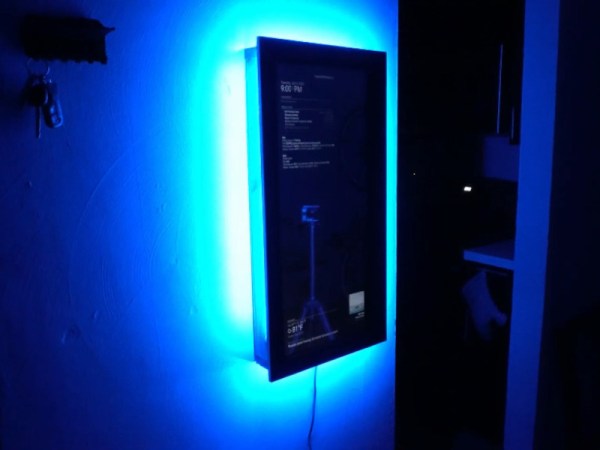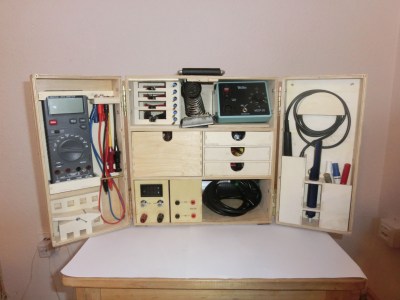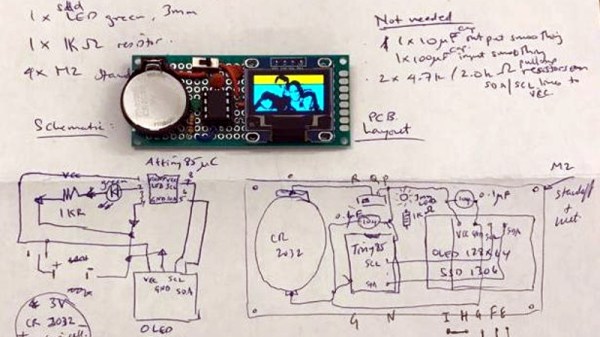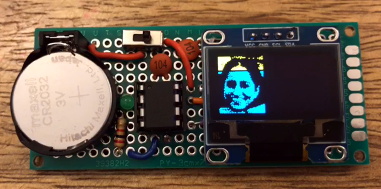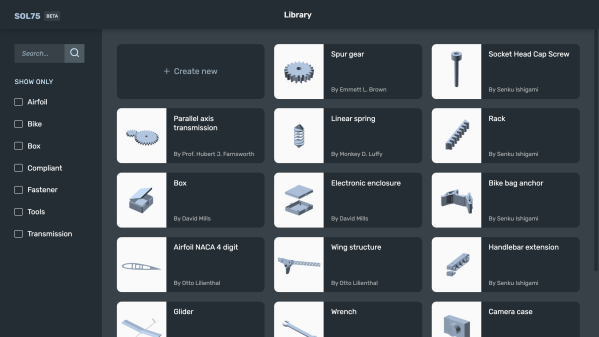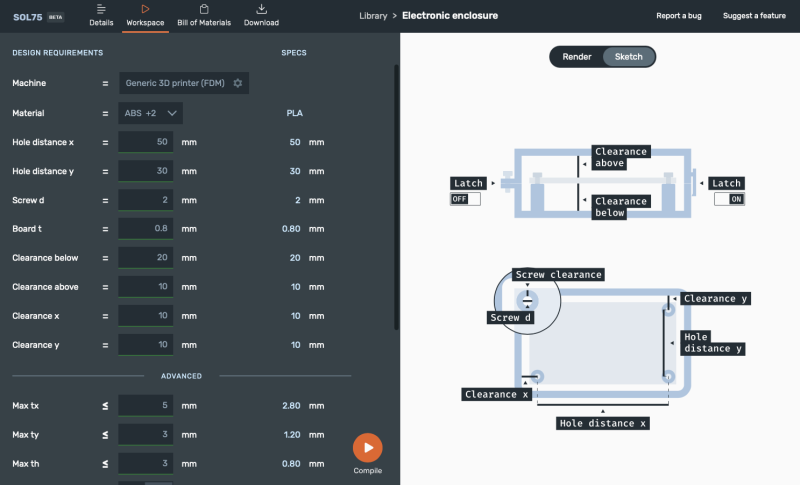As time goes by, it’s only getting easier to make a magic mirror. You know, a mirror connected to the internet that shows information like news, weather, or whatever you want, right there on top of your stunning visage. In [Forsyth Creations]’ case, that data includes 3D printer activity on the network — something that’s way more relevant to daily life than say, headlines about Kim Jong Un’s weight loss progress. The build video is embedded below.
 Thanks to projects like [MichMich]’s MagicMirror, everything is done with modules, including really useful things such as OctoMirror that let you keep an eye on your 3D printer(s) using OctoPrint.
Thanks to projects like [MichMich]’s MagicMirror, everything is done with modules, including really useful things such as OctoMirror that let you keep an eye on your 3D printer(s) using OctoPrint.
The electronics are pretty simple here — [Forsyth Creations] used the guts of an old monitor for the display and a Raspberry Pi to serve up the modules as a web page. The only tricky part is power, because the LCD is going to need so much more voltage than the Pi and the absolutely necessary LEDs around the edge, but a couple of buck converters do the trick.
After stripping the monitor of all of its unnecessary plastic, [Forsyth Creations] cut rear and front frames to support the electronics. That isn’t a piece of mirror glass, it’s actually one-way acrylic which is lighter and somewhat cheaper. [Forsyth Creations] designed and printed some corner support brackets that double as leveling screw holders to get the acrylic panel dialed in just right, and you can get these for yourself from GitHub. We think this would be a good early woodworking project or something for a long weekend. [Forsyth Creations] built this in three days on an apartment balcony using a minimum of tools.
We especially admire that once it was done, he hung it up with a French cleat. Those are so useful.

